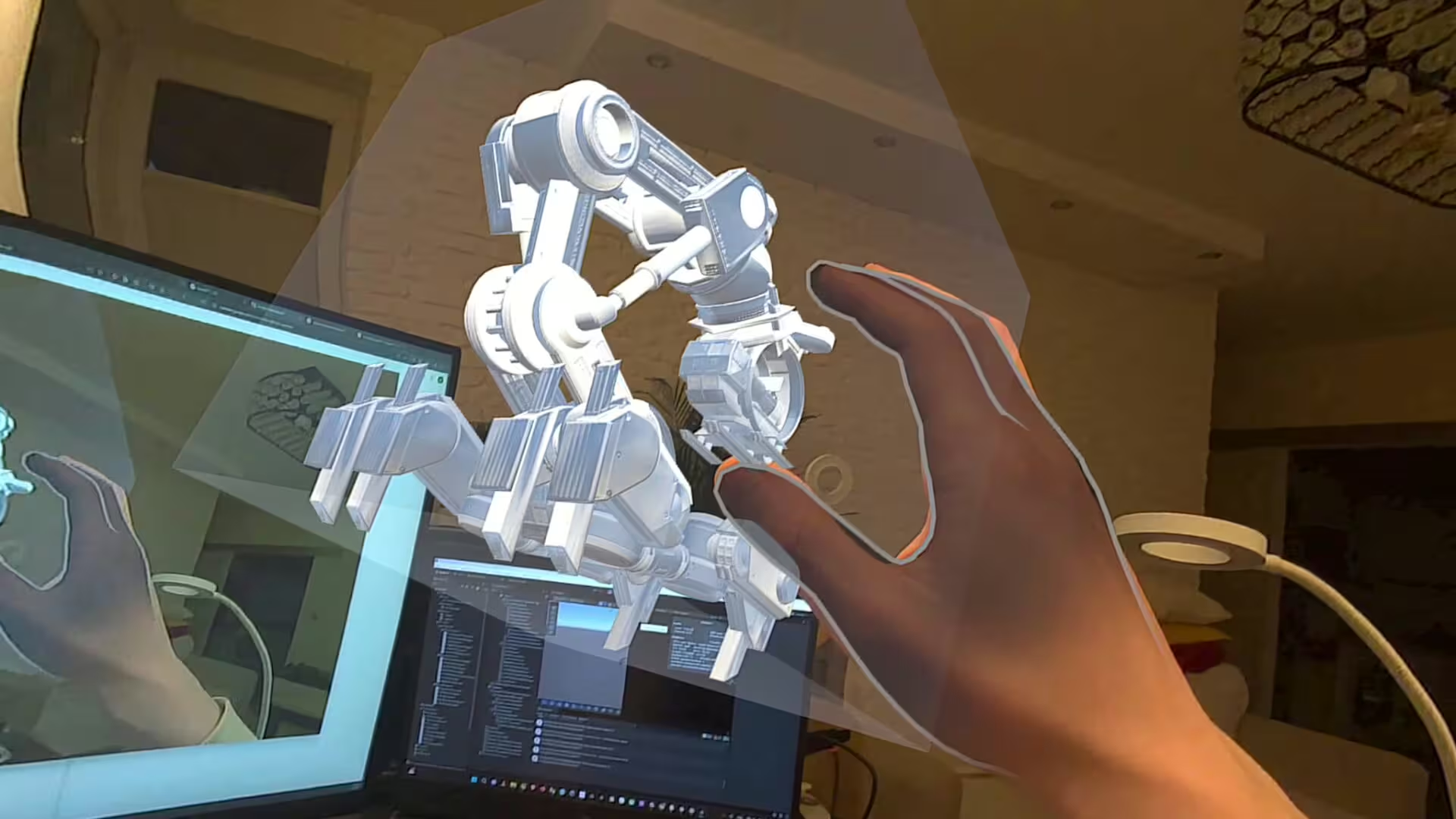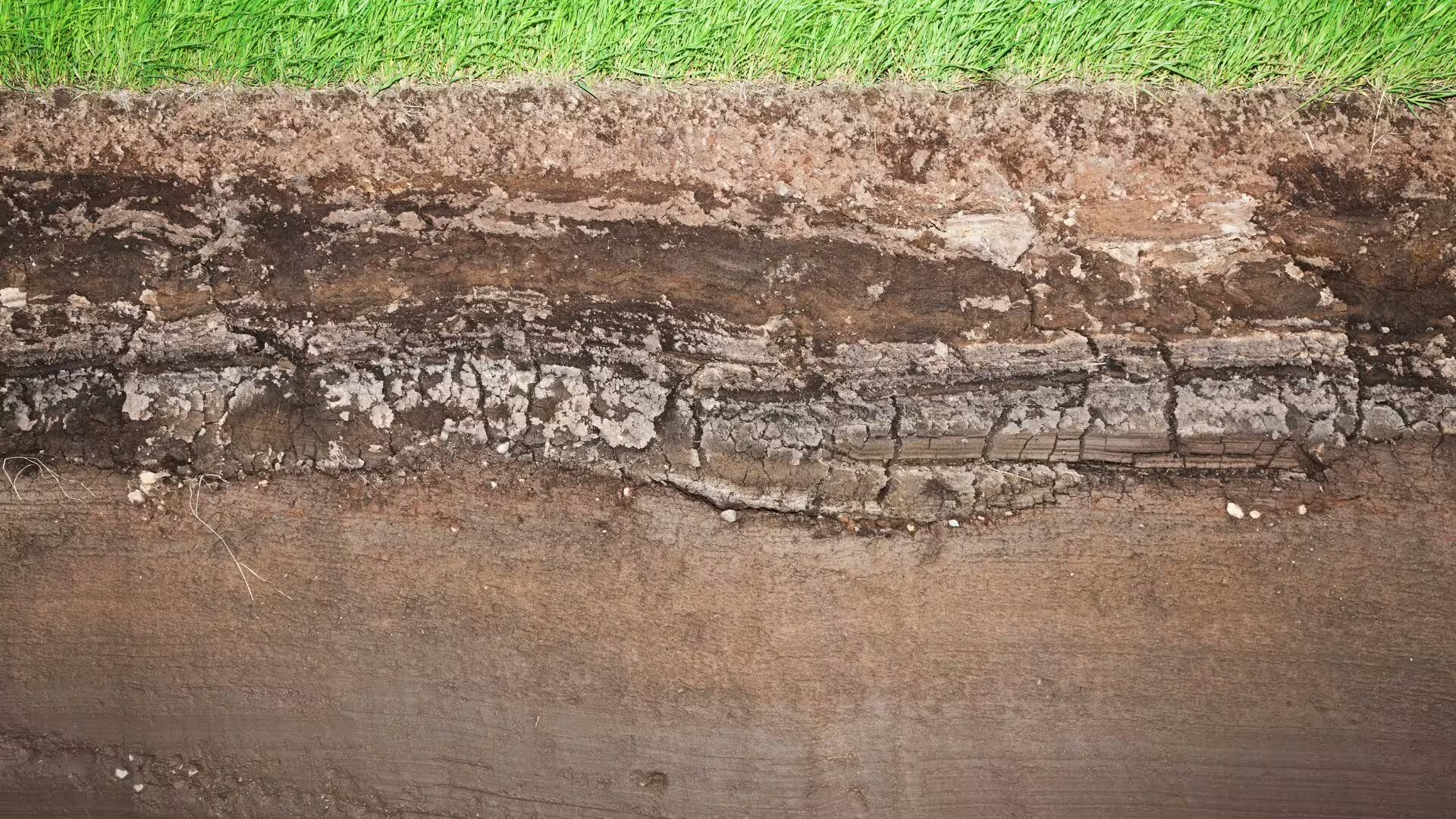Przedmiotem pracy jest opracowanie aplikacji, która pozwoli na przygotowanie i analizę konfiguracji pola naziemnego ruchu lotniczego na lotniskach z dwiema równoległymi drogami startowymi oraz optymalizację tras kołowania. W pracy omówiono podstawowe elementy budowy lotniska, czynniki determinujące układ dróg startowych oraz problem optymalizacji ruchu naziemnego samolotów. Rozpatrzono algorytmy wyznaczania optymalnych tras kołowania podczas operacji lądowania i startu, a także wpływ dostępności infrastruktury oraz warunków operacyjnych na efektywność i bezpieczeństwo ruchu naziemnego.
W drugiej części pracy opisano stworzoną aplikację umożliwiającą interaktywną budowę konfiguracji pola naziemnego lotniska na podstawie zdjęcia satelitarnego oraz wyznaczenie najkrótszej trasy kołowania z uwzględnieniem ograniczeń, takich jak blokady dróg kołowania, dróg szybkiego zjazdu czy niedostępność stanowisk postojowych. W pracy opisano scenariusze testowe, które pozwoliły zbadać elastyczność opracowanego rozwiązania w zależności od parametrów wejściowych. Następnie z wykorzystaniem aplikacji wykonano symulacje badające wpływ czynników takich jak dostępność infrastruktury, wybór dróg startowych czy ich przesunięcie względem siebie. Opracowana aplikacja, dzięki uniwersalności i elastyczności, pozwala na szybkie testowanie wariantów konfiguracji pola naziemnego oraz analizę wpływu czynników na drogę i czas operacji na płycie lotniska, co może przełożyć się na optymalizację kołowania samolotów na lotnisku. Wyniki pracy mogą znaleźć zastosowanie w praktycznym wspomaganiu zarządzania ruchem naziemnym na lotniskach.
The subject of this thesis is the development of an application that will enable the preparation and analysis of ground traffic configurations at airports with two parallel runways and the optimization of taxiing routes. The thesis discusses the basic elements of airport construction, factors determining the layout of runways, and the problem of optimizing ground traffic of aircraft. Algorithms for determining optimal taxiing routes during landing and takeoff operations are considered, as well as the impact of infrastructure availability and operating conditions on the efficiency and safety of ground traffic.
The second part of the thesis describes an application that enables the interactive preparation of an airport ground field configuration based on a satellite image and the determination of the shortest taxiing route, taking into account constraints such as taxiway blockages, rapid exit taxiways, or the unavailability of parking stands. The thesis describes test scenarios that allowed the flexibility of the developed solution to be examined depending on the input parameters. Then, using the application, simulations were performed to examine the impact of factors such as infrastructure availability, choice of runways, or their displacement relative to each other. Thanks to its versatility and flexibility, the developed application allows for quick testing of ground field configuration variants and analysis of the impact of factors on the route and time of operations on the airport apron, which can translate into the optimization of aircraft taxiing at the airport. The results of the work can be used in practical support for ground traffic management at airports.




